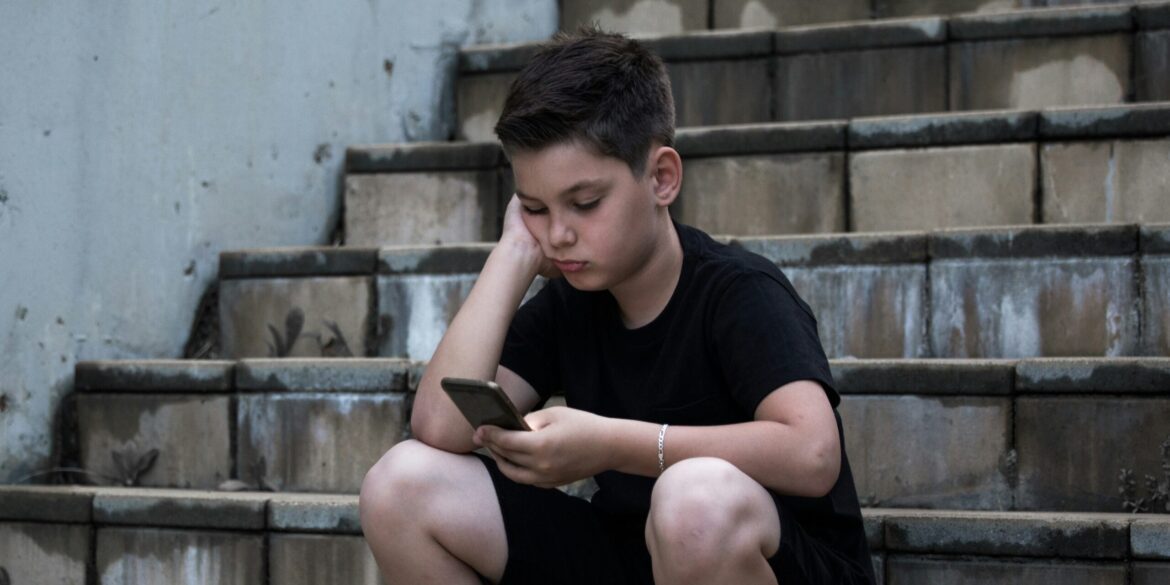A new, comprehensive national study released on May 24, 2025, has revealed a concerning association between social media use among pre-teens and a marked increase in symptoms of depression. Conducted by researchers at the University of California, San Francisco (UCSF), the study adds to the growing body of evidence highlighting the psychological risks young children face in today’s digital landscape.
The research, published in the medical journal JAMA Network Open, followed nearly 12,000 children between the ages of 9 and 10 over a three-year period. Using within-person longitudinal data, researchers tracked changes in the amount of time children spent on social media platforms and correlated these findings with indicators of mental health. The results showed that an increase in social media engagement was directly associated with a 35% rise in depressive symptoms, including persistent sadness, hopelessness, anxiety, and feelings of isolation.
Understanding the Research
Lead author Dr. Jason Nagata, a pediatrician and researcher at UCSF, emphasized the importance of the findings. “These results provide strong evidence that increased social media use is not simply a side effect of depression, but may be a contributing factor to its development in pre-teens,” he said.
Unlike previous studies, which often relied on single-point surveys or cross-sectional data, this research used repeated measures from the same participants over time. This methodology helped researchers account for individual differences and better establish the directional relationship between social media use and depressive symptoms.
Contributing Factors and Psychological Impact
Experts believe several mechanisms could be contributing to the observed rise in depressive symptoms. One major factor is the nature of social media content, which often consists of highly curated, idealized images and videos that may distort reality and lead to harmful social comparisons. Pre-teens, whose sense of identity and self-worth is still forming, may be especially vulnerable to such content.
In addition, the study noted that high levels of screen time can disrupt sleep patterns—a well-documented risk factor for mood disorders. Online interactions, including exposure to cyberbullying, exclusion, or negative comments, may also play a significant role in shaping a child’s emotional response to social media use.
Implications for Parents and Policymakers
The findings have prompted renewed calls for parents, educators, and policymakers to take proactive steps to monitor and guide children’s digital behaviors. Mental health professionals recommend a combination of practical strategies to mitigate risks:
- Set time limits on daily screen use, especially before bedtime.
- Encourage offline activities such as sports, reading, and face-to-face socializing.
- Maintain open, nonjudgmental dialogue with children about their online experiences.
- Use parental controls and digital wellness tools to monitor content exposure.
Dr. Nagata emphasized that prevention begins with awareness. “Parents should talk to their children regularly about what they see and experience on social media,” he said. “It’s crucial to foster an environment where kids feel safe discussing their emotions and challenges.”
Broader National Concern
This study comes amid broader national concern about the mental health of American youth. The U.S. Surgeon General has declared child and adolescent mental health a crisis area, citing rising rates of depression, anxiety, and suicide among young people. With the average age of smartphone ownership continuing to decline, the need to understand the psychological implications of digital exposure in childhood has never been more urgent.
Educators are also taking note. Several school districts across the country have launched wellness initiatives focused on digital literacy and emotional regulation. Meanwhile, policymakers are exploring legislation that could regulate the ways in which tech companies design and market their platforms to younger audiences.
Looking Forward
While social media can offer valuable opportunities for learning and connection, this study underscores the importance of balancing those benefits with a clear-eyed understanding of its risks. As children’s digital lives become increasingly central to their daily routines, adults have a vital role to play in guiding healthy engagement and safeguarding mental well-being.
The study’s findings serve as a wake-up call: the digital choices made today could shape the emotional resilience of an entire generation tomorrow.

